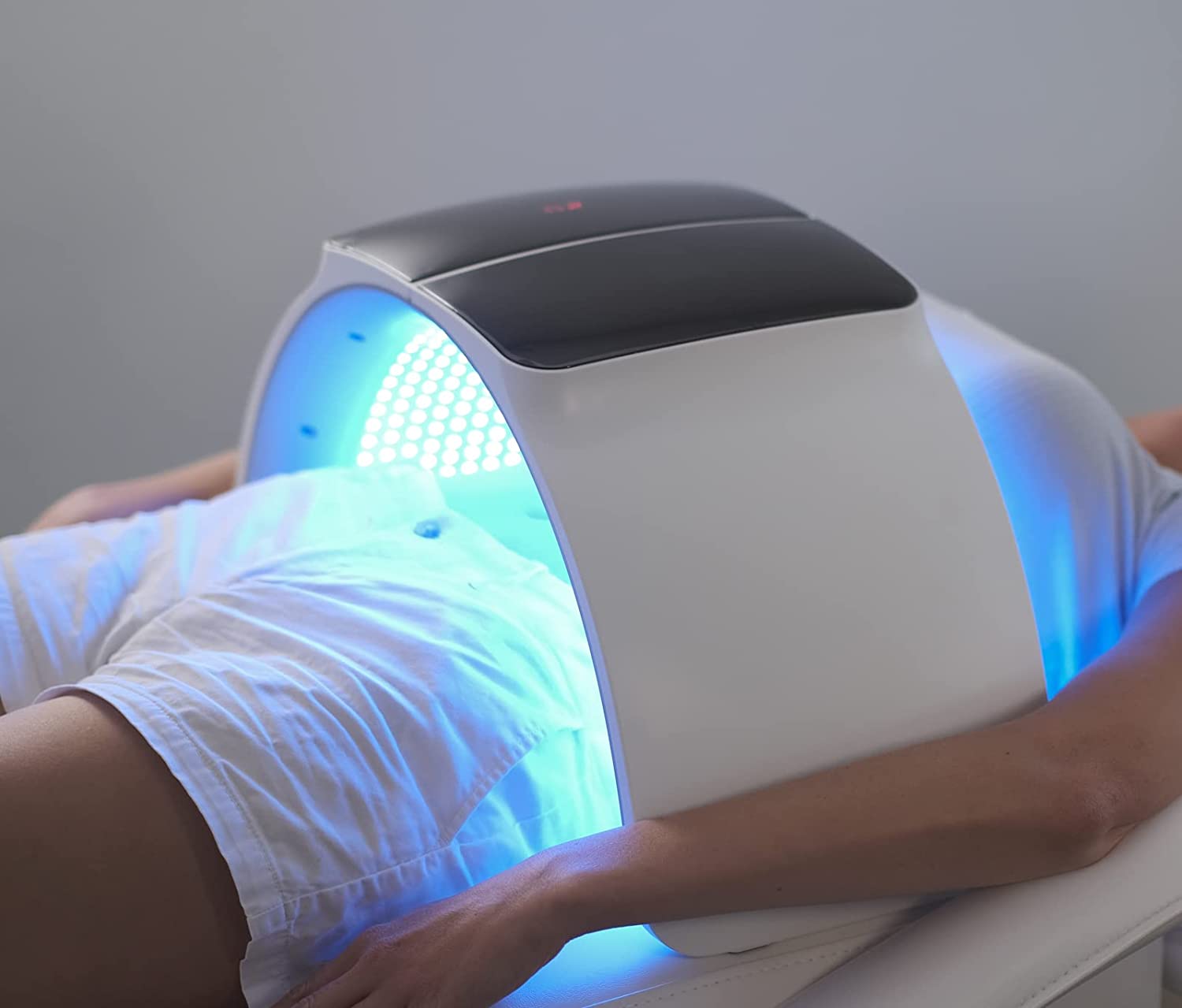From its origins to its current uses, it has a rich history that is worth examining red led light therapy.
Red Light Healing, also known as Red LED Light Therapy, is a revolutionary approach to wellness that has gained popularity in recent years. This non-invasive treatment utilizes red LED lights to stimulate the body's natural healing processes and promote overall well-being. With its wide range of therapeutic applications, Red Light Healing is making waves in various fields, from skincare to sports medicine.
The Science Behind Red Light Healing
Red Light Healing works by delivering specific wavelengths of red light to the body's cells, which then absorb and utilize this energy to promote healing and rejuvenation. The red light stimulates the mitochondria, the powerhouse of the cell, to produce more adenosine triphosphate (ATP), the molecule responsible for cellular energy production. This increase in ATP production enhances cellular function and accelerates the healing process.
Studies have shown that Red Light Healing can have a positive impact on various conditions, including skin rejuvenation, pain management, and muscle recovery. In the field of dermatology, red light therapy has been found to stimulate collagen production, reduce wrinkles and fine lines, and improve overall skin tone and texture. It can also help with acne and other skin conditions by reducing inflammation and promoting faster healing.
Red Light Healing in Skincare
Red Light Healing has become a popular treatment in the skincare industry due to its ability to address a wide range of skin concerns. Whether you're dealing with acne, signs of aging, or uneven skin tone, red light therapy can help improve the overall health and appearance of your skin.
One of the key benefits of Red Light Healing in skincare is its ability to stimulate collagen production. Collagen is a protein that provides structure and elasticity to the skin. As we age, collagen production naturally decreases, leading to the formation of wrinkles and sagging skin. By stimulating collagen production, red light therapy can help reduce the appearance of wrinkles and improve skin firmness.
Furthermore, red light therapy has been shown to have anti-inflammatory effects, making it beneficial for those with acne-prone skin. The red light helps reduce inflammation and redness associated with acne, while also promoting faster healing of blemishes.
Red Light Healing in Sports Medicine
Another field where Red Light Healing is gaining recognition is sports medicine. Athletes and fitness enthusiasts are turning to red light therapy to aid in muscle recovery, reduce inflammation, and improve athletic performance.
When used after intense physical activity, red light therapy can help reduce muscle soreness and speed up the recovery process. The red light penetrates deep into the muscles, increasing blood circulation and delivering oxygen and nutrients to the tissues. This promotes faster healing and reduces inflammation, allowing athletes to bounce back quicker and perform at their best.
Moreover, red light therapy has been found to enhance athletic performance by increasing energy production in the cells. By stimulating the mitochondria, red light therapy improves cellular function and boosts overall energy levels. This can lead to improved endurance, strength, and recovery time.
Conclusion
Red Light Healing, or Red LED Light Therapy, is a groundbreaking approach to wellness that offers numerous therapeutic applications in various fields. Whether it's improving skin health or aiding in muscle recovery, red light therapy has shown promising results in promoting overall well-being. As more research is conducted, the potential benefits of Red Light Healing continue to expand, making it an exciting area to watch in the field of alternative medicine.
